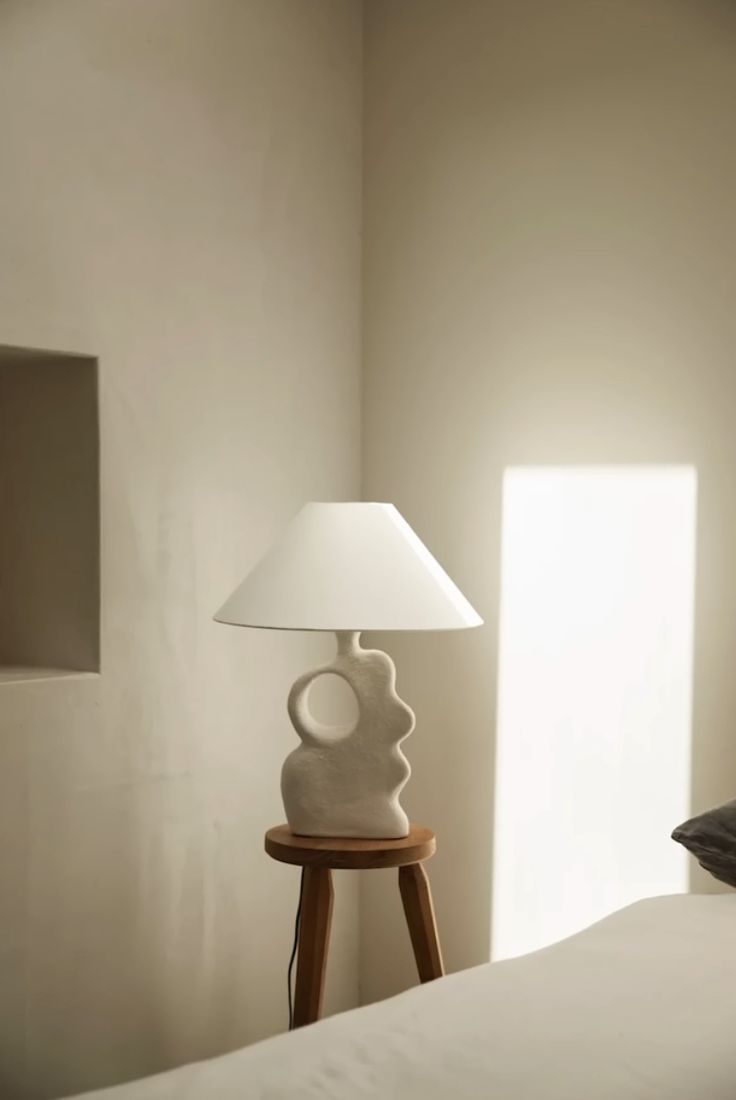Minimalist design isn’t about having an empty space—it’s about choosing the right elements to create a home that feels intentional, stylish, and functional. The key to decorating with fewer pieces but making a big impact is all about thoughtful curation, strategic placement, and selecting statement pieces that elevate your space. Here’s how you can achieve a well-designed home with minimal decor.
1. Prioritize Statement Pieces
Instead of filling a room with small decorative objects, invest in a few standout pieces that define the space.
What Works Best?
A large piece of art as a focal point for the living room or bedroom.
A sculptural lighting fixture that adds interest and function.
A unique accent chair or coffee table that draws the eye.
A high-quality area rug to ground the space and add texture.
2. Focus on Quality Over Quantity
Minimalist interiors shine when the furniture and decor are well-crafted and timeless. Instead of purchasing multiple trendy items, choose one or two high-quality pieces that will last for years.
What to Invest In?
A solid wood dining table with clean lines.
A luxurious yet simple sofa in a neutral color.
Well-made ceramic or glass vases for subtle elegance.
3. Play with Scale and Proportion
Fewer pieces don’t mean a boring space. Using varying sizes and contrasting shapes creates a visually dynamic room.
How to Do It:
Pair a large mirror with a small, sculptural side table.
Use a tall floor lamp next to a low-profile couch to add balance.
Mix oversized art with a minimalist console table to create contrast.
4. Choose Multi-Functional Furniture
Furniture that serves more than one purpose allows you to reduce clutter without sacrificing usability.
Best Multi-Use Pieces:
A storage ottoman that doubles as a coffee table.
A bench with built-in shelving for entryways.
A sofa bed for small apartments or guest rooms.
A minimalist desk that can function as a console table.
5. Use Negative Space to Your Advantage
Leaving areas of your home open and uncluttered makes each carefully chosen item stand out.
How to Make It Work:
Avoid overcrowding shelves—leave space between objects.
Opt for wall-mounted decor rather than filling every surface.
Allow natural light to flow freely by keeping windows unobstructed.
6. Stick to a Cohesive Color Palette
A consistent color scheme enhances the feeling of harmony and sophistication.
Recommended Palettes:
Neutral Tones: White, beige, taupe, or soft grays for a timeless look.
Earthy Hues: Terracotta, olive green, and warm browns for a grounded feel.
Monochrome: Layering different shades of the same color creates depth without visual clutter.
7. Add Texture and Layers
When decorating minimally, texture becomes crucial in preventing the space from feeling flat.
Best Ways to Incorporate Texture:
A linen throw blanket draped over a sofa.
A woven jute rug to add warmth underfoot.
A mix of matte and glossy finishes in ceramics and furniture.
8. Keep Decor Intentional
Rather than decorating for the sake of filling space, choose pieces with meaning that bring joy or tell a story.
Ideas for Personal Touches:
A vintage piece with sentimental value.
Travel souvenirs that fit within your color scheme.
A carefully curated shelf with only 3-5 meaningful items instead of clutter.
Final Thoughts
Decorating with fewer pieces doesn’t mean sacrificing style or personality—it’s about curating your space with intention. By focusing on quality, scale, negative space, and texture, you can create a stunning, minimalist home that feels both sophisticated and inviting.
Looking for minimal yet impactful home decor? Check out our curated selections here to bring these ideas to life!

